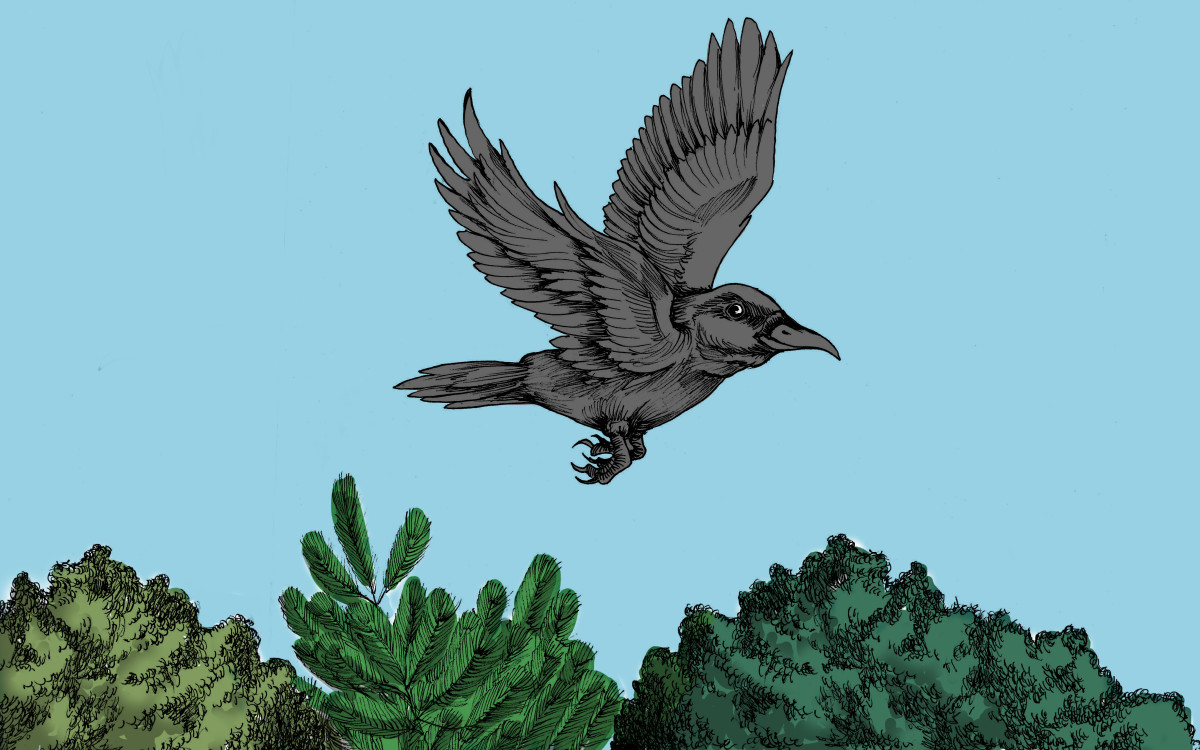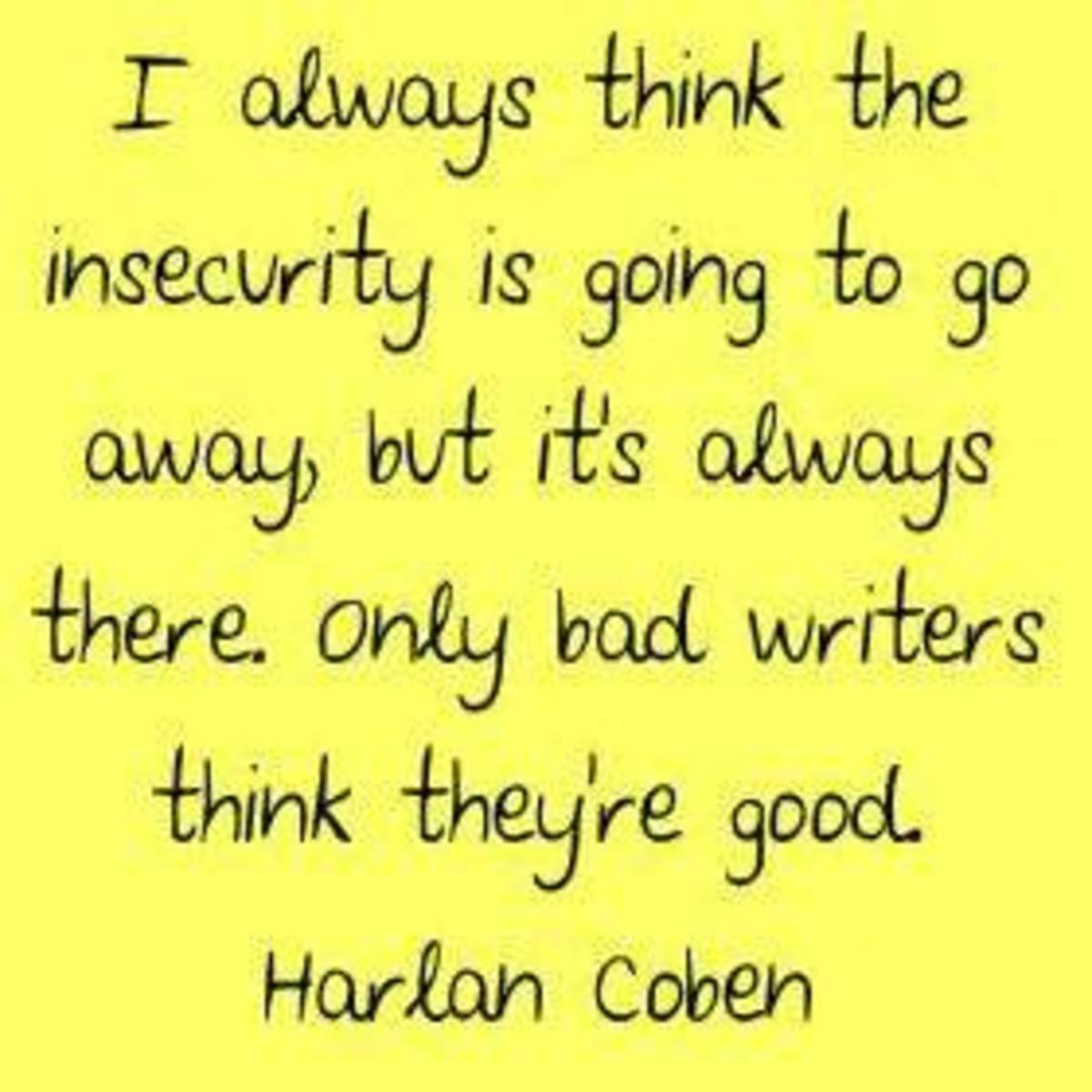The Character of a Short Story
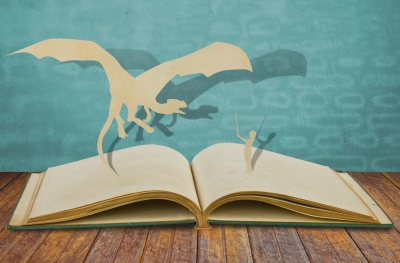
Introduction
In order to explain the character of a short story we have to keep the following literary terms in mind, and also the interpretation of the particular words. (Sadly, the interpretation of WORDS differs from country to country. What some people call ‘genre’, may be called ‘form' or ‘style’ in another country.)
- ‘Narrative’ - a message that tells the particulars of an act or occurrence or course of events.
- ‘Medium’ - the platform that gives prominence to the narrative: Cinema, television, play [on stage], a published work, etc.
- 'Form' - the TYPE/STYLE of writing, i.e. Novel, Novella, Short Story, Poem, Essay, Drama (on stage), etc. In some countries these are also called 'genre'.
- ‘Genre’ - the mode of a specific form, i.e. Thriller, Suspense, Romance, Horror, Comedy, Melodrama, Mystery, Parody, Satire, Science-fiction, etc.
This hub is about the literary FORM called Short Story
Before discussing the character of a short story, let’s define a few forms.
- The Novel - a fictional prose narrative of considerable length, containing a plot that may accommodate various themes, messages and many characters.
- The Novella - a fictional prose narrative of intermediate length, in other words, a novel with less words, themes and characters.
- The Legend - defined by Timothy R. Tangherlini: A short (mono-) episodic, traditional, highly ecotypified (specifically located in place and time), historicized narrative performed in a conversational mode, reflecting on a psychological level a symbolic representation of folk belief and collective experiences and serving as a reaffirmation of commonly held values of the group to whose tradition it belongs.
- The Anecdote - a short and amusing (or interesting) account of a real incident. Although anecdotes could be humorous, they are not jokes. (Wikipedia)
- The Epigram - a brief, interesting, memorable, and sometimes surprising or satirical statement. (Wikipedia)
- The Essay - an author’s point of view presented without a plot and demonstrations by characters.
- The Short Story - a narrative with a specific structure and dynamic components. It is an author’s point of view on ONE specific theme (topic/subject/issue), but plotted and demonstrated by fictional characters.
The Short Story
The Short Story is about conflict between the author’s point of view and one or another issue/reality/possibility. The author use the main character - the protagonist - to demonstrate their view, and an antagonist to demonstrate the issue/reality/possibility. The latter could be another person, a community, a perceptions, a phobia, an aspiration/dream, a memories, etc.
Essential elements of a short story are: Conflict, Intrigue (a crafty and involved plot), Suspense and a Climax.
The Short Story demands action – showing, acting, demonstrating - and NOT telling. Up to 50% dialogue is needed to meet this demand.
The short story allows no unnecessary description or dialogue. Every word that describes background and characters, and every word spoken by the characters, must be crucial to the theme.
When describing, grammatical rules may not be bent by an author. Spelling and the construction of sentences and paragraphs should be neat and striking. However, dialogue have no grammatical and moral constrictions. Characters may curse, speak slang and interrupt each other as they please.
The Short Story has a specific structure and dynamic components
Evidently a short story should be a SHORT story in order to meet its purpose. 1500-2500 words seem to be the maximum readers of today prefer. Flash Fiction, sometimes called Short-Short Stories, is even shorter with a maximum of 800-1000 words.
The structure of a short story includes three movements: A Beginning, a Middle, and End
Beginning – This movement is for the introduction of the background, the theme (topic, subject or issue) and characters. Apart from the title of the story, the Beginning, and especially the first paragraph, is the most important part of the story. It is the bait that encourages a reader to read on. The reader of short stories wants instant entertainment, an instant escape out of their own reality; they want action. They really don’t have the time or patience to accommodate a longwinded introduction of theme and characters. Writers may have the best stories to tell, but if they fail to capture the attention of a reader in the first 2-3 paragraphs, their stories will never be read and appreciated.
The Middle - This is the movement meant for the development of the story via a series of events. The tension in this movement should increase, like a crescendo in music, in order to end this particular movement with a climax.
The End - In this movement the conflict is resolved, all loose ends are tied and the message the author wants to pass on becomes clearly perceivable. Characters are at last ready to live happily forever after. Some short stories have ‘open’ ends, not revealing the author’s point of view, but forcing the reader to draw their own conclusion. However, the average short story reader prefers closed endings, and preferably happy endings.
A short story has dynamic components -
√ Only ONE theme/topic/issue is allowed in a short story.
√ Only one narrator (story-teller) is allowed from the beginning to end.
- The narrator may be the main character, allowing the author to write in the first-person narrator. This narrator has the ability to describe feelings, perceptions and opinions intensely and thoroughly, though only his own and their interpretation of those of other characters. This narrator CAN NOT read the minds and hearts of other characters.
- Or the narrator may be an invisible eye (camera) in the corner of the background, allowing the author to write in the third-person limited narrator. This third-person can also NOT read minds, or know what has happened in the past or what will happen in the future. It can only see/hear what the characters in his sight do and say.
- Or the narrator may be a third-person omniscient narrator – a godlike creature able to see/hear/know everything. Using this narrator allows the author to reveal all their personal knowledge and wisdom, but it could also inspire them to tell the story, instead of showing/demonstrating it according to the literary demand of a short story.
√ A relevant background. Writers of short stories should see the background of a short story as a stage – a confined space suitable for all actions relevant to the theme. If the theme is for example ‘abortion’, the background should be a clinic, or a bedroom, or even the middle of nowhere where the conflict between protagonist and antagonist can be demonstrated effectively. Of course, characters may travel, but relevant to the theme/topic of the story.
√ The minimum characters. A short story needs a protagonist – a main character appropriate to the theme/topic/issue – and an antagonist offering opposition. The antagonist can be a person or something like a phobia or social issue. The conflict is between protagonist and antagonist, and the winner should always be the protagonist. Sometimes minor characters are needed to support the protagonist and/or the antagonist. They should be kept in the background and never allowed to steal the limelight of the protagonist or antagonist.
The developing of characters in a short story is important. At the end at least the protagonist should be wiser, as they have conquered the theme/issue.
√ A Plot – A short story has a Plot – a clearly defined plan. This is not a boring report of an event from beginning to end in a logical order, or description of the pros and cons of a specific matter, but something like a puzzle. Plotting a story means the author provides relevant information in the form of description, dialogue and interaction between characters in a sequence of cause and effect. A short story may, in fact should, start with a crisis: The protagonist has to find themselves all of a sudden between the devil and the deep blue sea, facing the antagonist.
√ A message – A Short Story has ONE specific message, also called ‘idea’. This is not exactly the so-called moral of a story, as the moral could become clearly perceivable during the course of events, but a message or idea that may change or enlighten a reader’s perspective on the theme/topic. The message is not necessarily the author’s personal point of view, but an undeniable truth that may even enlighten the author. The idea/message of a successful short story is like a flash of lightning, and so often we only see it for a moment and either immediately forget about it, or muse on it in amazement.
What a short story should not be -
Χ) Unsolved conflict is not allowed in short stories. “The difference between fiction and reality? Fiction has to make sense.” (Tom Clancy)
Χ) Moralization - The writer of short stories is not a preacher of morals.
Χ) Instructive (didactic) - The writer of short stories is not an instructor or a teacher.
Χ) Propaganda - The mission of a short story writer is not to provide information for the purpose of promoting some cause.
Χ) Fanatism - (the opposite of propaganda). Showing excessive intolerance of opposing views should not be the mission of a short story writer.
Χ) Agitation - The writer of a short story does not stir up public opinion in favour or against a specific issue.
Χ) A negative ending - A short story has a positive ending. Justice prevails. Everybody receives their just deserts. Good conquers Evil.
In Conclusion
Short story writing is not only a career, or rewarding and profitable hobby, but also therapy. Turning our good and bad memories into short stories, enable us to understand ourselves and others better. Writing relieves and heals emotional pain.
© Martie Coetser
Martie Coetser Pozyn's Copyright:
Copyright :: All Rights Reserved
Registered :: 2013-06-29 20:10:10
Title :: The Character of a Short Story
Category :: Article Hub
Fingerprint :: 973290ca6e2efd8bb3deb47367ab25948411c9aa526177e013d77196f7701f1b
MCN :: CWZ7Z-X5PQA-XNACD
Authors Note
This is basically the introduction of my course in short story writing. My students are assigned to write a story to the best of their ability, and then we improve it step by step in accordance with the demands of 10 modules.
Do you feel inspired to write a short story in accordance with its character?
Recommended articles/ hubs
- Avoidable Mistakes in Fiction Writing
This article is designed for new authors. The most common mistakes of new authors are listed and explained, with some examples of ways to improve your writing for short stories or fiction books.
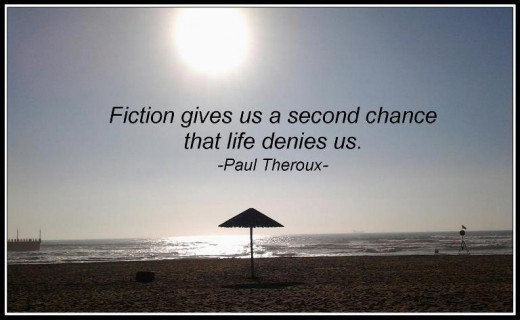
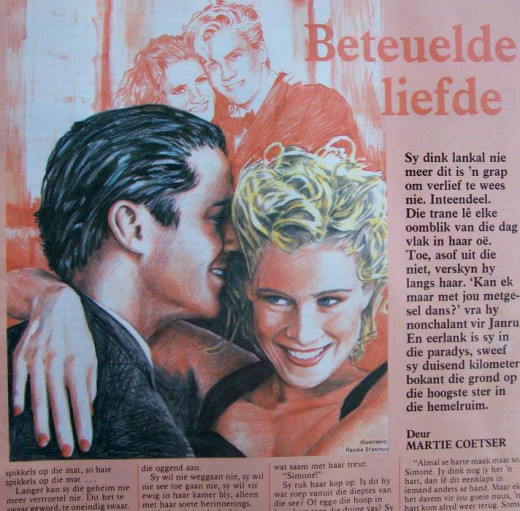
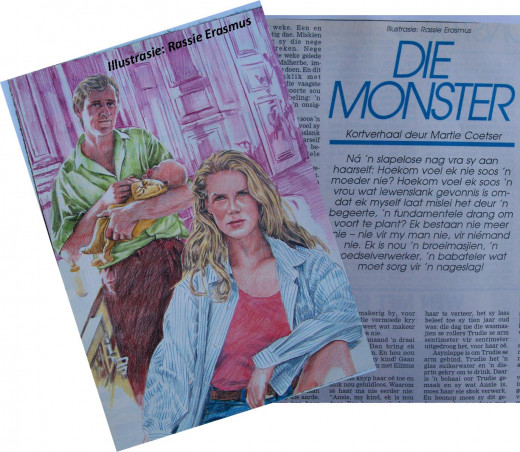
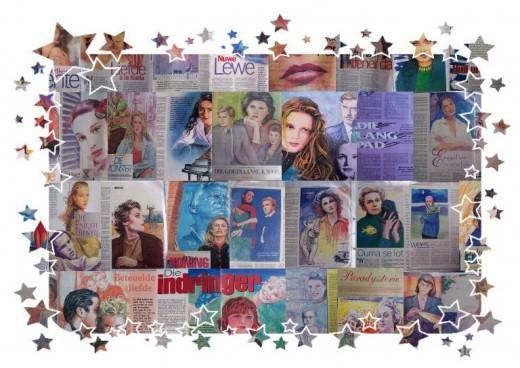
© 2013 Martie Coetser


